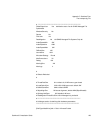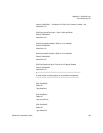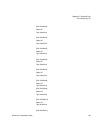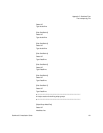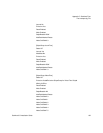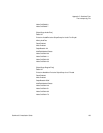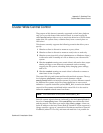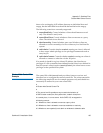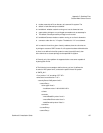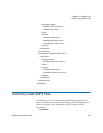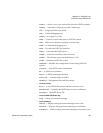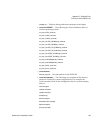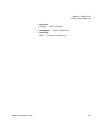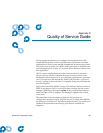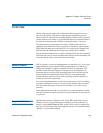Appendix C StorNext Files
Cluster-Wide Central Control
StorNext 3.5 Installation Guide 136
# ownership of file or directory on a Stornext file system.
# 4. Whether cvadmin running on certain client is allowed to have super
# admin privilege to run destructive commands such start/stop file
# system, refresh disks, change quota setting ,etc.
# 5. whether cvadmin running on certain client is allowed to connect
# to other fsm via "-H" option.
#
# The control file is in xml format and has hierarchical structure. The top
# level element is "snfsControl", it contains control element
# "securityControl" for certain file system. If you have different controls
# for different file systems, then each file system should has its own control
# definition. A special virtual file system "SNFS_ALL" is used as the default
# control for file systems not defined in this control file. It is also used
# to define the cvadmin related control on clients. Note: you cannot have a
real# file system named as "SNFS_ALL".
#
# Each file system related control element (securityControl) has a list of
# "controlEntry", each "controlEntry" defines the client and the controls. A
# client can be of type "host" or "netgrp". A "host" can be ip address or host
# name. Both IP V4 and IP V6 are supported. "netgrp" specifies a group of
# consecutive ip addresses. It has network ip address (either IP V4 or V6) and
# network mask bits. It is possible that there is overlapping in ip addresses
# between individual host and netgrp, but the individual host should be defined
# before the netgrp. In this case, the netgrp control is considered to be i
# generic case, while the controls for individual is considered to be special
# case. A special case takes precedence.
#
# Currently there are five controls supported:
# 1. mountReadOnly: control whether a client should mount as readonly. The
# default is read/write.
# 2. mountDlanClient: control whether a client can mount as proxy client, the
# default is "mount not allowed".
# 3. takeOwnership: control whether users on a windows client is allowed to



